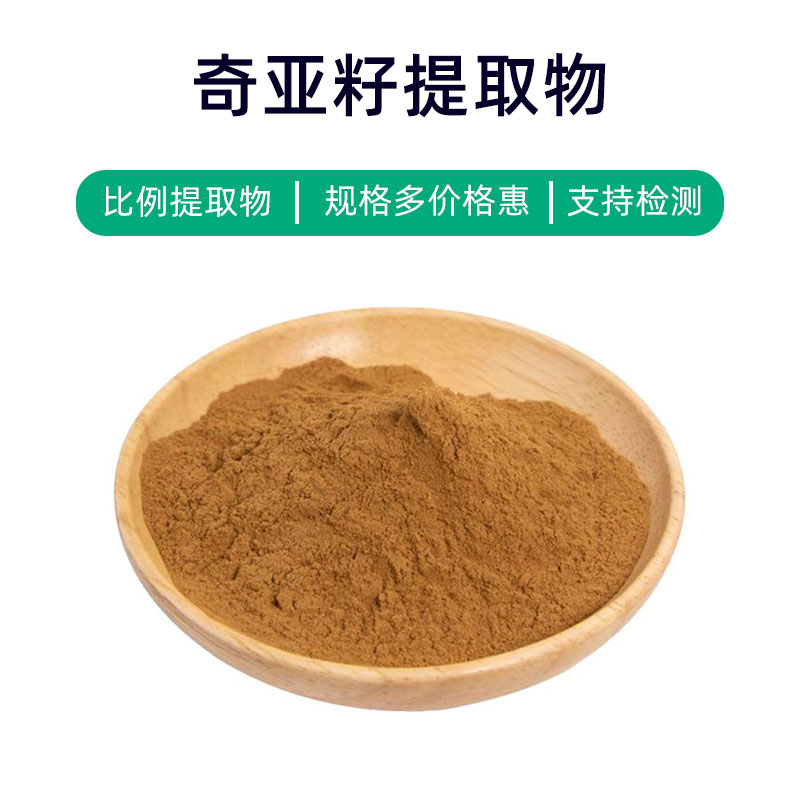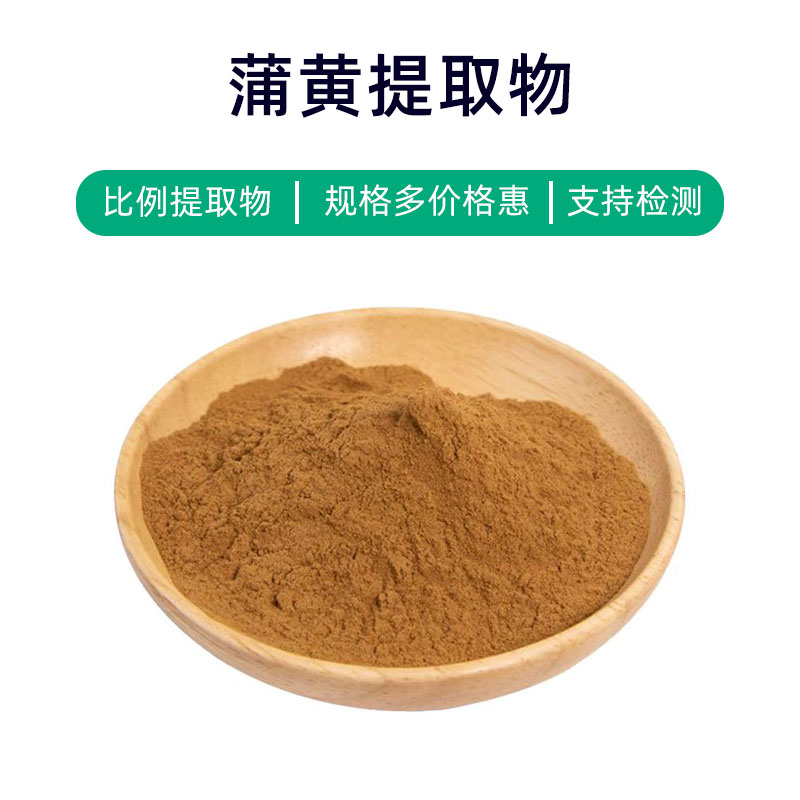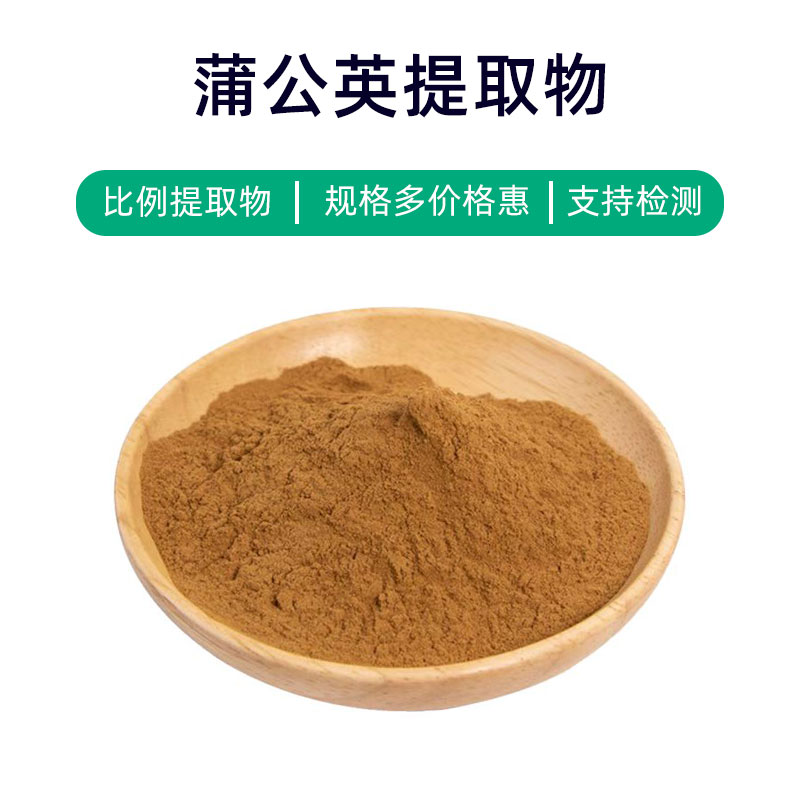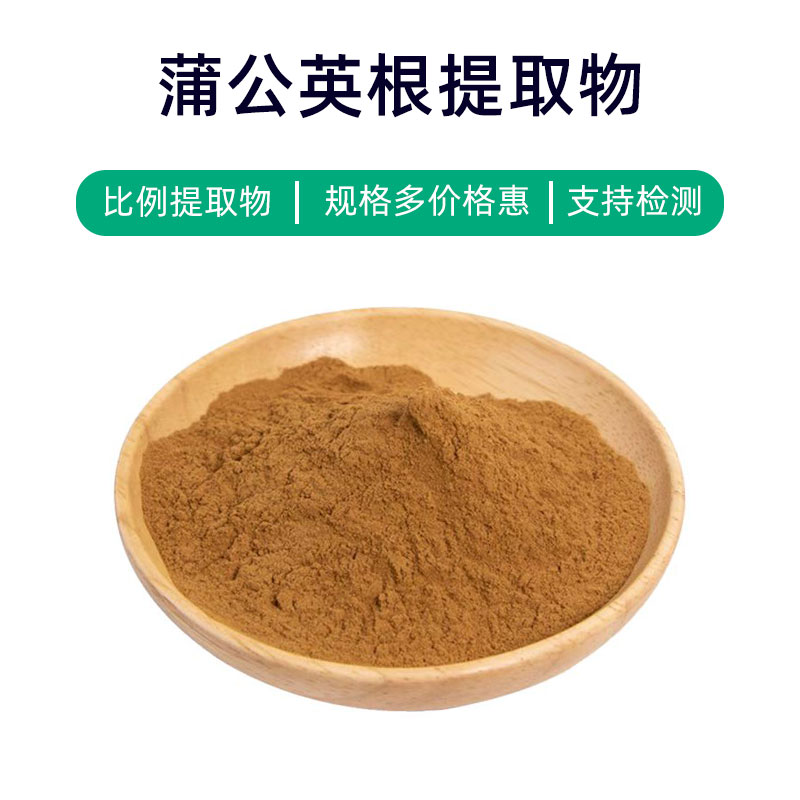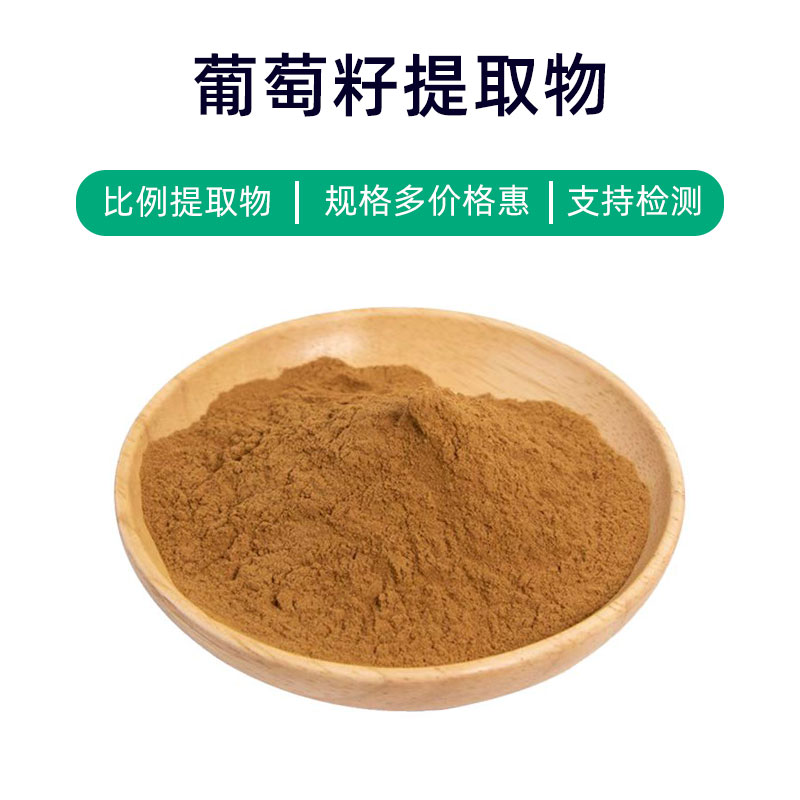Croton Extract Product Introduction
Croton extract is a natural plant ingredient derived from Croton plants, with primary components including croton oil and various bioactive compounds. This extract has numerous benefits and applications.
Firstly, Croton extract has significant anti-inflammatory and antibacterial properties in the medical field. It is widely used for treating skin inflammation and infections, such as eczema and acne. Its antibacterial nature also makes it an important component in many medications and treatment plans.
Additionally, Croton extract has broad applications in the cosmetics industry. Due to its antioxidant properties and ability to regulate the skin's oil balance, it is commonly added to skincare and cosmetic products to improve skin texture, reduce inflammation, and help manage oily skin.
In agriculture, Croton extract is an important component of pesticides. Its antibacterial and insecticidal effects make it an effective agricultural chemical, used to protect crops from fungi, bacteria, and pests.
In summary, as a natural plant extract, Croton extract has a wide range of applications across various fields, including medicine, cosmetics, and agriculture. Its main benefits include anti-inflammatory, antibacterial, and antioxidant effects, making it a key functional ingredient in many products.
Croton Extract Production Process
The production process for Croton extract typically includes the following steps:
- Raw Material Preparation: Fresh Croton plants are selected as the extraction source. These plants are usually crushed and ground to enhance extraction efficiency and the quality of the extract.
- Extraction Process: The processed Croton plants are soaked in an appropriate solvent (such as ethanol or ethyl acetate), typically at suitable temperatures, to facilitate the extraction of active ingredients. Control of extraction time and temperature significantly impacts the quality of the final extract.
- Solvent Evaporation: After soaking for a designated time, the active ingredients in the solvent are extracted from the Croton plants, forming a solution. The next step involves evaporating the solvent, yielding a concentrated extract.
- Filtration and Refinement: The concentrated extract undergoes filtration and purification to remove impurities and unwanted components, enhancing the product's purity and quality.
- Drying and Milling: The refined extract is dried to reduce moisture content and increase stability. The dried extract typically exists in powder form and can be further milled and sieved to achieve the desired particle size and granule size.
- Packaging and Storage: The dried extract is packaged and stored in a dry, cool, and ventilated environment to ensure product stability and shelf life.
These steps represent the general production process for Croton extract. Different manufacturers or production methods may vary, but overall, these steps are fundamental to producing high-quality Croton extract.
Effects and Side Effects of Croton Extract
Croton extract is a plant-derived extract with a variety of benefits and effects, including the following aspects:
- Antibacterial and Anti-inflammatory: Croton extract contains various active components with antibacterial and anti-inflammatory effects, useful in treating skin infections and inflammation.
- Hemostatic and Astringent: Croton extract has strong hemostatic and astringent properties, suitable for treating external injuries, burns, and ulcers, promoting wound healing.
- Antiviral: The active components in Croton extract exhibit inhibitory effects against certain viruses, aiding in the prevention and treatment of some viral infections.
- Antioxidant: Rich in various antioxidants, Croton extract helps neutralize free radicals, slow down cellular aging, and provides protective and reparative effects on the skin.
- Whitening and Spot-Removing: Croton extract can inhibit melanin production, having a whitening and spot-removing effect, useful in improving issues with skin pigmentation.
- Moisturizing: With abundant natural moisturizing factors, Croton extract boosts skin moisture levels, helping keep the skin hydrated and smooth.
- Clearing Heat and Detoxifying: Croton extract has certain heat-clearing and detoxifying effects, applicable in treating oral ulcers and skin eczema, contributing to improved skin health.
Despite the various benefits of Croton extract, it is essential to avoid excessive or prolonged use to prevent adverse reactions. Possible side effects include skin allergies, redness, and itching. Due to individual variances, it's best to conduct a skin test prior to use and consult with a healthcare professional.
Application Scenarios and Dosage of Croton Extract
Croton extract finds extensive applications in medicine, food, and cosmetics. Here are detailed descriptions of its application scenarios and dosage recommendations:
Medical Applications:
- Topical Anti-inflammatory Use: Croton extract serves antibacterial and anti-inflammatory purposes, suitable for treating skin infections and inflammation. Typically, an appropriate amount is mixed with a carrier oil or gel, applied to the affected area 1-2 times daily.
- Hemostatic: For issues like external bleeding, burns, or ulcers, Croton extract can be applied to the wound, providing hemostatic and astringent effects. A thin layer should be applied each time to avoid excess.
- Oral Care: Croton extract can be utilized in the treatment of oral ulcers and gingivitis, often used as a diluted rinse or topical application 2-3 times daily.
Food Applications:
- Preservative: Thanks to its antibacterial properties, Croton extract can act as a food preservative. An appropriate amount is added to food during processing, with dosage adjusted based on food type and quantity.
- Natural Coloring Agent: Croton extract can be used as a natural coloring agent in foods, such as dyeing jams or pastries. The dosage should be appropriate to avoid compromising the taste.
Cosmetic Applications:
- Skincare Products: Croton extract's antioxidant and whitening properties make it suitable for creams and serums. The usual method is to mix an appropriate amount into base skincare products, following product instructions.
- Hair Products: Croton extract can also be included in certain hair products, such as scalp care solutions and hair dyes, with dosage and usage following product guidelines.
When using Croton extract, consider the following points:
- Use in moderation to avoid excessive application, particularly with topical products, and refrain from prolonged continuous use.
- Those with sensitive skin should conduct a patch test prior to use to prevent allergic reactions.
- If discomfort occurs during use, discontinue immediately and seek advice from a healthcare professional.
Introduction to Croton Plant Source, Distribution, and Growth Environment
Croton extract comes from species of the Euphorbia family. Here’s a detailed overview of Croton plants, their distribution, and their growth conditions:
Overview of Croton Plants:
Croton (scientific name: Euphorbia) refers to a group of plants within the Euphorbiaceae family, encompassing numerous species, some of which are used to extract Croton extract. These plants are generally perennial herbs, with some species classified as shrubs or small trees. The stems, leaves, and roots of Croton plants are rich in active components and are commonly used in traditional and modern medicine.
Distribution of Croton Plants:
Croton plants are widely distributed across the globe, primarily thriving in subtropical and tropical regions such as Africa, Asia, and the Americas. Different species have varied distribution patterns, with some preferring specific growth conditions, such as arid areas or rocky soils.
Growth Environment of Croton Plants:
- Climate Requirements: Croton plants show strong adaptability to climate, able to thrive in dry, rainy, hot, or cold conditions. However, most species prefer warm and humid climates.
- Soil Adaptability: Croton plants are versatile regarding soil types, growing in sandy, clayey, or limestone soils, though well-drained soils are optimal.
- Growth Environments: Croton plants inhabit diverse environments, including grasslands, mountainous areas, deserts, hills, and riverbanks. Some species can grow at higher altitudes, while others thrive at lower elevations.
The distribution and growth conditions of Croton plants vary by species; some have limited growth areas, while others are widely spread and highly adaptable. When harvesting Croton plants, it’s essential to consider the specific growth environment characteristics and climatic needs of different species to ensure the quality and effectiveness of the extract.
Processing and Storage of Croton Extract
The processing of Croton extract primarily involves several steps: first, cleaning and sorting the collected Croton plants to remove impurities and unwanted parts; next, crushing or cutting the treated plant materials to enhance extraction efficiency; then applying appropriate extraction methods, like solvent extraction or supercritical fluid extraction, to obtain the target components; finally, filtering, concentrating, and drying the extracted material to produce the final Croton extract product.
Regarding the storage and preservation of Croton extract, consider the following points: first, store the extract in a cool, dry, well-ventilated environment, avoiding direct sunlight and high temperatures; second, choose appropriate packaging materials, such as sealed jars or moisture-proof bags, to prevent moisture and air from affecting the product; additionally, regularly check the quality and storage conditions of the extract, promptly addressing any abnormalities to ensure product stability and safety.
Monica Sun is a seasoned expert in the plant extraction industry with over a decade of experience in research and production. She specializes in the extraction and purification of plant active ingredients, focusing on driving innovation in natural product applications. Monica has participated in the development of multiple functional plant extracts, delivering high-value natural raw material solutions for the health food, pharmaceutical, and dietary supplement sectors.









